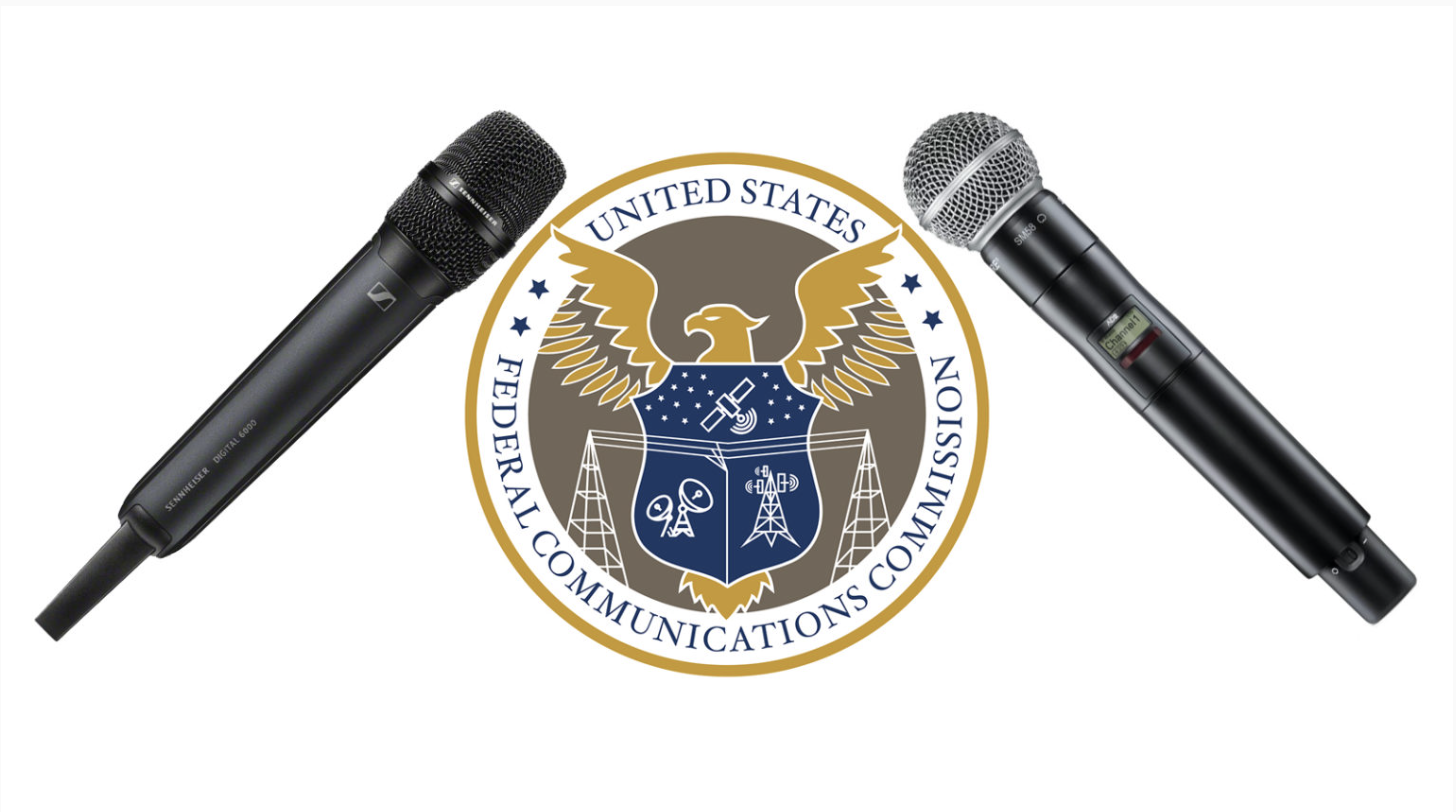The primary issue - in the top 10-15 markets there is not enough RF spectrum < 1gHz to accommodate all needs and desires.
UHF 14-17 are reserved in some markets for land mobile and law enforcement/first responder use already.
Why the white space devices? They've been so long in coming that most of us forgot about them, but they're insidious when it comes to how they operate and, Stephen, Motorola makes some of them... Congress, in its infinite wisdom, a couple decades ago ordered the FCC to maximize the use (revenue for the US Treasury and the corporate interests that REALLY make the $$$ on these services) of RF spectrum and to issue 10 year licenses to the successful applicants. This is why the first
DTV conversion (and subsequent re-alignment of broadcast frequencies) and the more recent vacating of the 600mHz
UHF spectrum. So Verizon, T Mobile, ATT, and their supporting vendors and content suppliers could make it possible to watch Netflix on your phone, anywhere, any time. None of those interests give a rat's ass about the resulting wireless mic issues, and ironically their content creators are protected as wireless mic users.
For those who run more than a few wireless mics/IEMs, consider a Part 74 license.
Edit ps: broadcast TV viewership is way, way down and has been trending that way for 40 years, but accelerated in the last 15 or so as broadband data became more widely available. In all but the most congested urban areas the
UHF TV spectrum represented a vast and empty swath of real estate. Ironically, the new use of that spectrum denies what it purports to enhance - connectivity and communications - to all but corporate interests.




